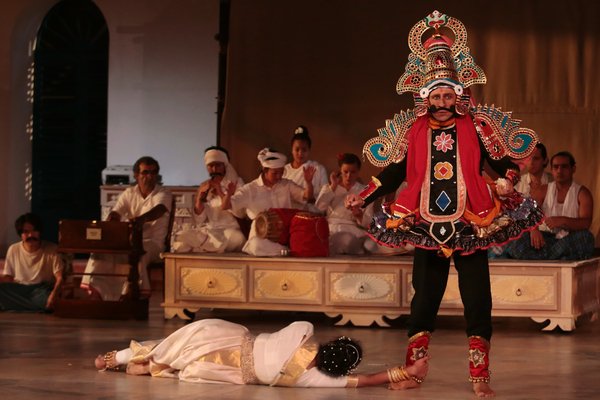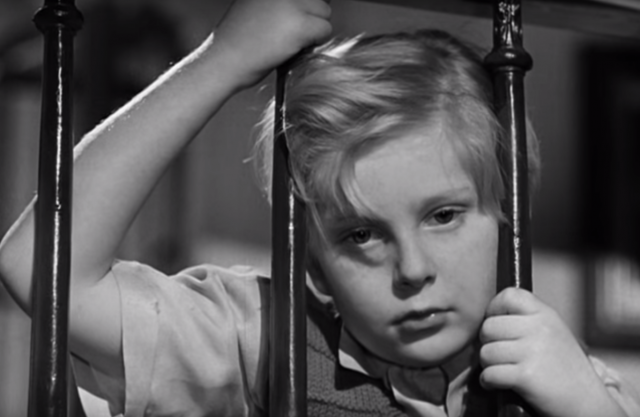
Phile (Bobby Henrey) is trapped in a web of lies and betrayal in The Fallen Idol
THE FALLEN IDOL (Carol Reed, 1948)
Museum of the Moving Image
35th Ave. at 36th St., Astoria
Saturday, December 9, $15 (includes same-day museum admission), 3:00
Series continues through December 29
718-777-6800
www.movingimage.us
www.rialtopictures.com
 Through much of Carol Reed’s classic 1948 thriller, The Fallen Idol, you’ll be begging for poor little rich boy Phile, played by newcomer Bobby Henrey, to keep his mouth shut, whether he’s lying or desperately trying to tell the truth to nearly every adult around him. But what is the truth? That is the mind-spinning question that cinema has provoked since a train headed down the tracks at an audience and every editor’s cut altered a story. On December 9, Henrey, who made only one other film, Karl Hartl’s 1951 Wonder Boy, before becoming an accountant and deacon, will be at the Museum of the Moving Image, telling the truth about his memories of the role and his life to longtime Film Forum repertory programmer extraordinaire Bruce Goldstein after the 3:00 screening of the film as part of the series “Rialto Pictures: 20 Films for 20 Years.” The first of three collaborations between Reed and Graham Greene — it would be followed the next year by The Third Man and in 1959 by Our Man in Havana — The Fallen Idol, adapted by Greene from his short story “The Basement Room,” is set in London, where eight-year-old Philippe, known as Phile, lives in a mansion with his rarely present parents, the French ambassador (Gerard Heinz) and his ill wife. He is ostensibly being raised by the erudite butler, Baines (Ralph Richardson, in one of his most elegant and nuanced performances). Baines, who plays games with Phile and takes him on walks through the park, is married to a nasty, shrewish woman (Sonia Dresdel) who runs the large household with a cold iron fist. When Phile espies Baines with another woman, Julie (Michèle Morgan), the boy, not fully understanding the lovers’ relationship, agrees not to say anything about it to Mrs. Baines. But she eventually finds out what is going on, leading to a tragedy that Phile misinterprets, thinking that he witnessed a murder. He wants someone, anyone, to listen to him, from doctors to policemen, not knowing that what he has to say could lead to the wrongful imprisonment of his beloved Baines. The ending is a doozy, taking the old axiom “Children should be seen and not heard” to a whole new level.
Through much of Carol Reed’s classic 1948 thriller, The Fallen Idol, you’ll be begging for poor little rich boy Phile, played by newcomer Bobby Henrey, to keep his mouth shut, whether he’s lying or desperately trying to tell the truth to nearly every adult around him. But what is the truth? That is the mind-spinning question that cinema has provoked since a train headed down the tracks at an audience and every editor’s cut altered a story. On December 9, Henrey, who made only one other film, Karl Hartl’s 1951 Wonder Boy, before becoming an accountant and deacon, will be at the Museum of the Moving Image, telling the truth about his memories of the role and his life to longtime Film Forum repertory programmer extraordinaire Bruce Goldstein after the 3:00 screening of the film as part of the series “Rialto Pictures: 20 Films for 20 Years.” The first of three collaborations between Reed and Graham Greene — it would be followed the next year by The Third Man and in 1959 by Our Man in Havana — The Fallen Idol, adapted by Greene from his short story “The Basement Room,” is set in London, where eight-year-old Philippe, known as Phile, lives in a mansion with his rarely present parents, the French ambassador (Gerard Heinz) and his ill wife. He is ostensibly being raised by the erudite butler, Baines (Ralph Richardson, in one of his most elegant and nuanced performances). Baines, who plays games with Phile and takes him on walks through the park, is married to a nasty, shrewish woman (Sonia Dresdel) who runs the large household with a cold iron fist. When Phile espies Baines with another woman, Julie (Michèle Morgan), the boy, not fully understanding the lovers’ relationship, agrees not to say anything about it to Mrs. Baines. But she eventually finds out what is going on, leading to a tragedy that Phile misinterprets, thinking that he witnessed a murder. He wants someone, anyone, to listen to him, from doctors to policemen, not knowing that what he has to say could lead to the wrongful imprisonment of his beloved Baines. The ending is a doozy, taking the old axiom “Children should be seen and not heard” to a whole new level.
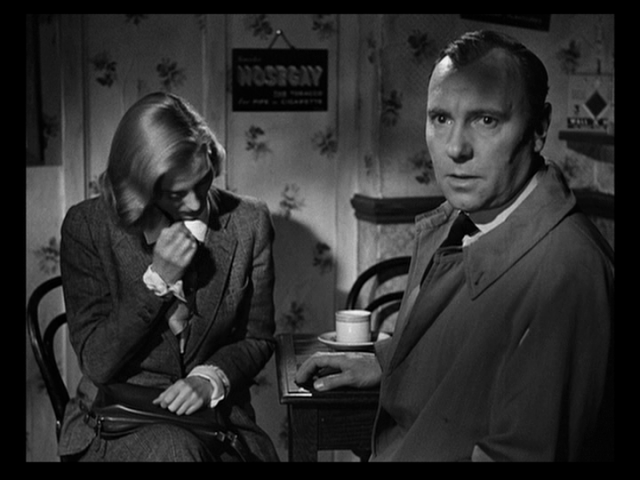
Baines (Ralph Richardson) has a secret that leads to tragedy in classic Carol Reed / Graham Greene collaboration
Nominated for Oscars for Best Director and Best Adapted Screenplay, The Fallen Idol is a gripping, complex film that questions what we think we see, onscreen and in real life, with sharp editing by Oswald Hafenrichter that relates directly to how Phile views his surroundings, especially the vast, often threatening embassy with its haunting spiral staircase. Phile is often shot behind railings and gates, as if imprisoned, not yet ready for the adult world, which is bathed in shadowy chiaroscuro by cinematographer Georges Périnal. Henrey is a natural as the boy, innocently grabbing cockatoos’ tails at the zoo, asking for an extra pastry at a café, and petting his beloved pet snake, McGregor. Everything is a learning experience for him; there’s nothing he doesn’t want to touch, to know more about, wide-eyed innocence laced with a hint of suspicion. Henrey was the only child interviewed for the role; Reed spotted him in a jacket photo of a book by his mother, a well-respected author who initially wrote under her husband’s name. Despite the changes Reed made to the original story, Greene, the master of moral subtlety, called Reed “the only director I know with that particular warmth of human sympathy, the extraordinary feeling of the right face for the right part, the exactitude of cutting, and not least important the power of sympathizing with an author’s worries and ability to guide him.” Human sympathy is evident in nearly every shot of The Fallen Idol, as a boy attempts to find his place in a world that is not ready to accept him as anything more than a silly child. “Rialto Pictures: 20 Films for 20 Years” continues through December 29 with such other fab pictures as Robert Hamer’s It Always Rains on Sunday, Alain Resnais’s Hiroshima, Mon Amour, introduced by Annette Insdorf, Michael Powell and Emeric Pressburge’s Tales of Hoffmann, and Whit Stillman’s Metropolitan, with Whitman on hand to discuss the film.
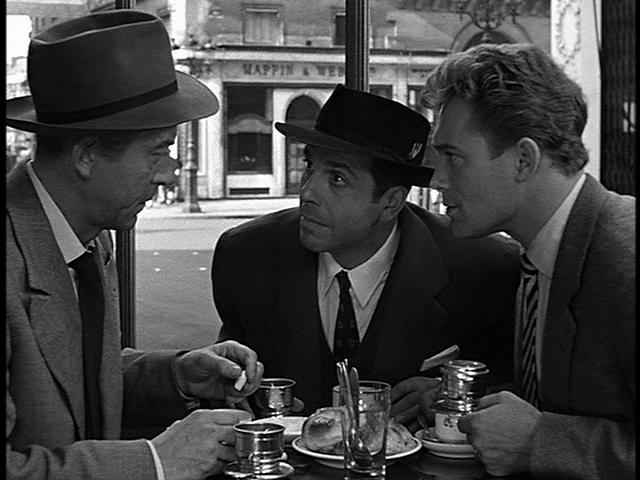
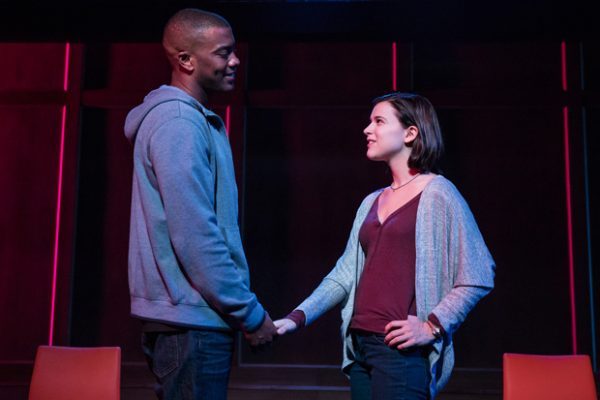
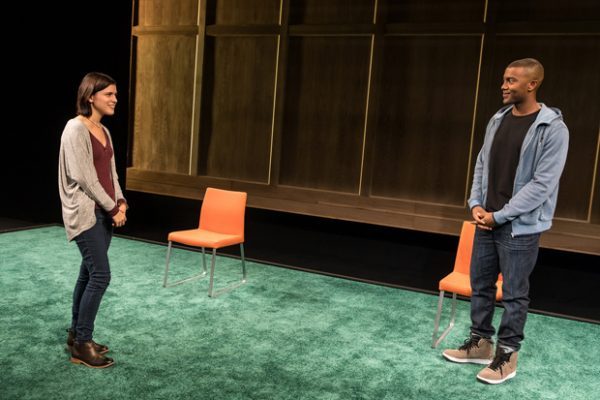
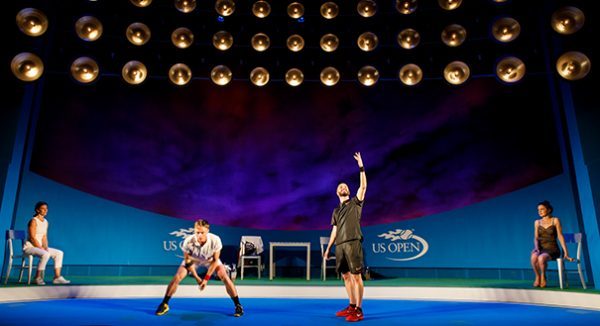

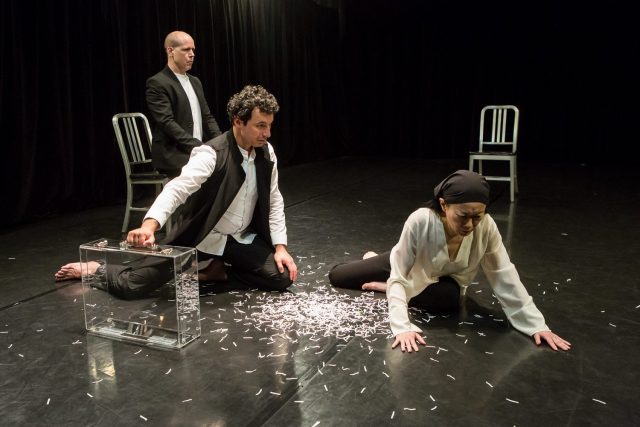

 The city of Baltimore has not exactly been depicted kindly in film and on television, with such series as Homicide: Life on the Street, The Wire, and The Corner: A Year in the Life of an Inner-City Neighborhood focusing on the rash of drugs and violence that have devastated the community, while native son John Waters has shown its wackier side in such films as Polyester and Hairspray. Born and raised in a suburb just inside the Baltimore city line, writer-director Matt Porterfield (Hamilton, I Used to Be Darker) has taken a different view in his second feature film, Putty Hill. When financing for his coming-of-age drama Metal Gods fell through, he decided to keep the cast and crew together and instead shoot a cinéma verité story about the after-effects of a young man’s drug overdose on a tight-knit community inspired by the one he grew up in. Not much is revealed about Cory as his funeral nears and life goes on, with his younger brother, Cody (Cody Ray), playing paintball with Cory’s friends; his uncle, Spike (Charles Sauers), tattooing customers in his apartment; and Spike’s daughter, Jenny (Sky Ferreira), returning to her hometown for the first time in several years and hanging out with her old friends like nothing much has changed. Working off a five-page treatment with only one line of scripted dialogue, Porterfield and cinematographer Jeremy Saulnier capture people just going on living, taking Cory’s death in stride; Porterfield interviews much of the cast, who share their thoughts and feelings in relatively unemotional ways. Shot on a minuscule budget in only twelve days, Putty Hill uses natural sound and light, nonprofessional actors, and real locations, enhancing its documentary-like feel, maintaining its understated narrative and avoiding any bombastic or sudden, big revelations. It’s a softly moving film, a tender tale about daily life in a contemporary American working-class neighborhood. Putty Hill is screening December 7 at 6:30 in the Film Society of Lincoln Center series “The Non-Actor”; it will be introduced by Porterfield and preceded by Laida Lertxundi’s Cry When It Happens. The series continues through December 10 with such other films as Shirley Clarke’s The Cool World, Susumu Hani’s Furyo shonen, Spencer Williams’s The Blood of Jesus, and Peter Watkins’s Punishment Park.
The city of Baltimore has not exactly been depicted kindly in film and on television, with such series as Homicide: Life on the Street, The Wire, and The Corner: A Year in the Life of an Inner-City Neighborhood focusing on the rash of drugs and violence that have devastated the community, while native son John Waters has shown its wackier side in such films as Polyester and Hairspray. Born and raised in a suburb just inside the Baltimore city line, writer-director Matt Porterfield (Hamilton, I Used to Be Darker) has taken a different view in his second feature film, Putty Hill. When financing for his coming-of-age drama Metal Gods fell through, he decided to keep the cast and crew together and instead shoot a cinéma verité story about the after-effects of a young man’s drug overdose on a tight-knit community inspired by the one he grew up in. Not much is revealed about Cory as his funeral nears and life goes on, with his younger brother, Cody (Cody Ray), playing paintball with Cory’s friends; his uncle, Spike (Charles Sauers), tattooing customers in his apartment; and Spike’s daughter, Jenny (Sky Ferreira), returning to her hometown for the first time in several years and hanging out with her old friends like nothing much has changed. Working off a five-page treatment with only one line of scripted dialogue, Porterfield and cinematographer Jeremy Saulnier capture people just going on living, taking Cory’s death in stride; Porterfield interviews much of the cast, who share their thoughts and feelings in relatively unemotional ways. Shot on a minuscule budget in only twelve days, Putty Hill uses natural sound and light, nonprofessional actors, and real locations, enhancing its documentary-like feel, maintaining its understated narrative and avoiding any bombastic or sudden, big revelations. It’s a softly moving film, a tender tale about daily life in a contemporary American working-class neighborhood. Putty Hill is screening December 7 at 6:30 in the Film Society of Lincoln Center series “The Non-Actor”; it will be introduced by Porterfield and preceded by Laida Lertxundi’s Cry When It Happens. The series continues through December 10 with such other films as Shirley Clarke’s The Cool World, Susumu Hani’s Furyo shonen, Spencer Williams’s The Blood of Jesus, and Peter Watkins’s Punishment Park.
